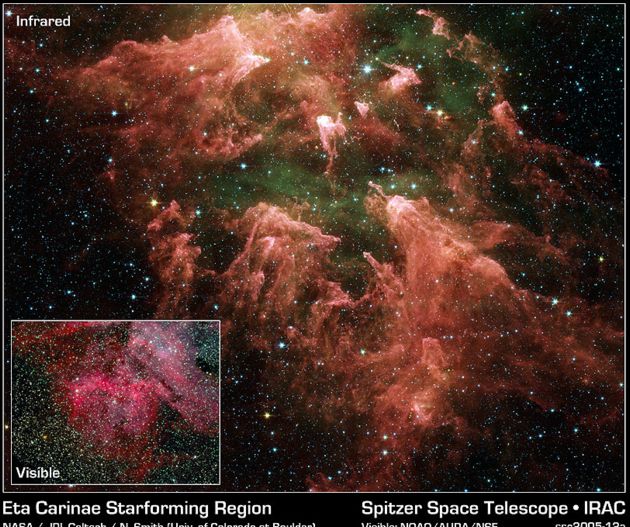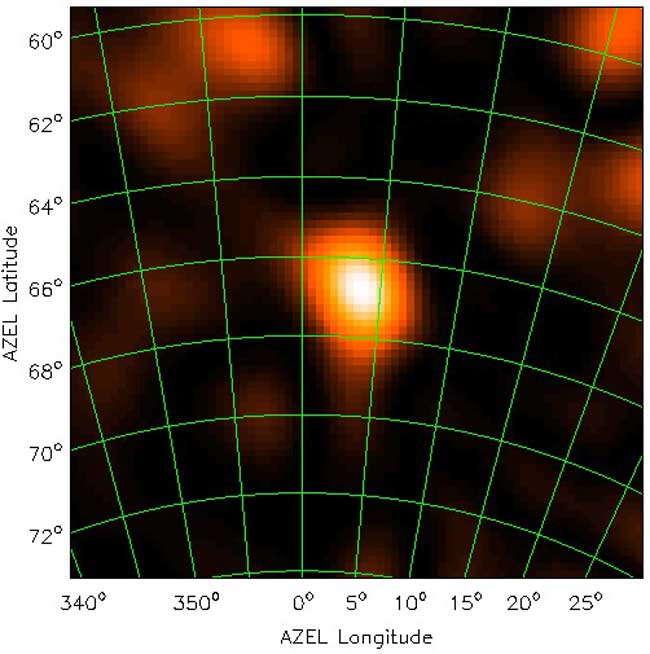
Michael Schirber
Michael Schirber is a freelance writer based in Lyons, France who began writing for Space.com and Live Science in 2004 . He's covered a wide range of topics for Space.com and Live Science, from the origin of life to the physics of NASCAR driving. He also authored a long series of articles about environmental technology. Michael earned a Ph.D. in astrophysics from Ohio State University while studying quasars and the ultraviolet background. Over the years, Michael has also written for Science, Physics World, and New Scientist, most recently as a corresponding editor for Physics.
Latest articles by Michael Schirber
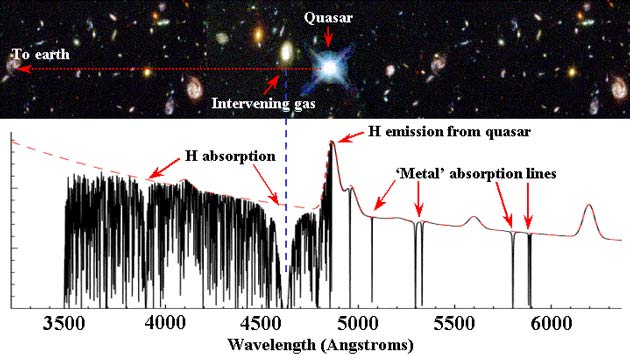
Scientists Question Nature's Fundamental Laws
By Michael Schirber published
Public confidence in the "constants" of nature may be at an all time low. Recent research has found evidence that the value of certain fundamental parameters may have been different in the past.

Greg Olsen Back on Track to Be Third Space Tourist
By Michael Schirber published
The technology entrepreneur will join the Soyuz TMA-7 crew for a scheduled October 1 launch.
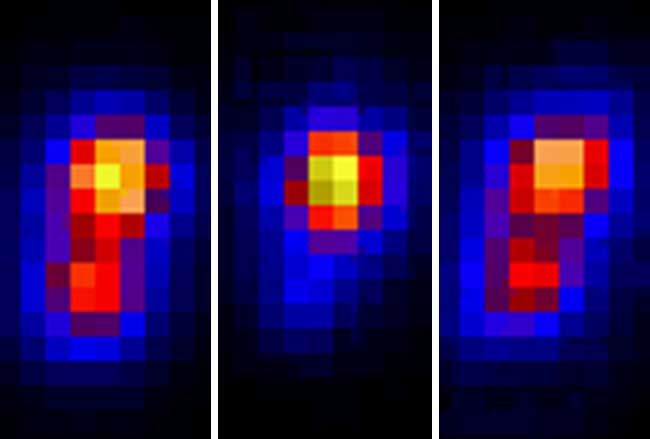
Trick Allows Scrutiny of Pluto's Moon
By Michael Schirber published
Rare occultation may reveal new information on Pluto’s moon Charon.
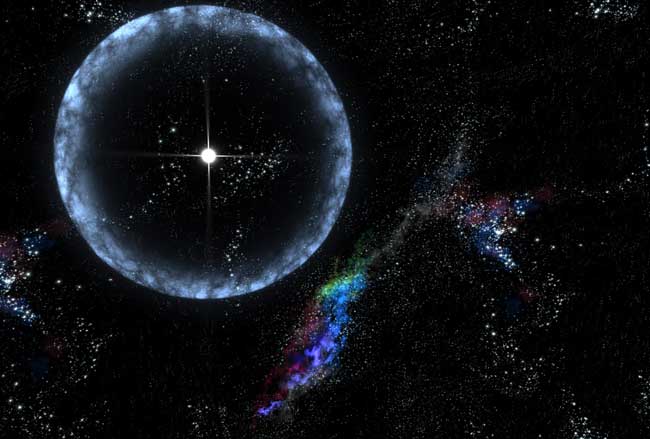
The Biggest Starquake Ever
By Michael Schirber published
A stellar rumble across the galaxy gives insight into neutron stars.
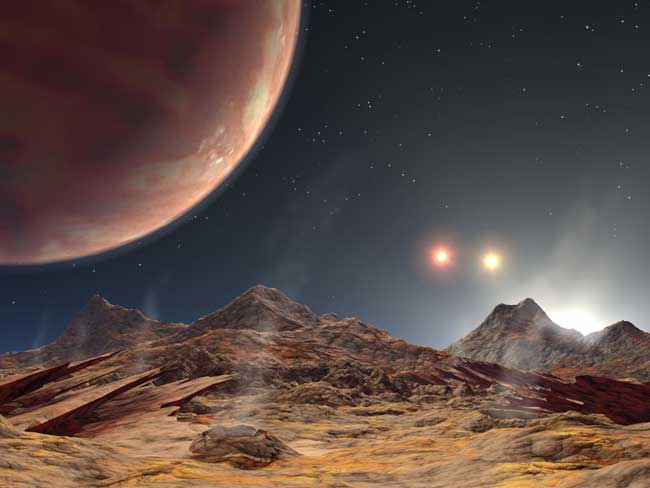
Triple Sunset: Planet Discovered in 3-Star System
By Michael Schirber published
The first known world of its kind in a gravitationally challenging setup.
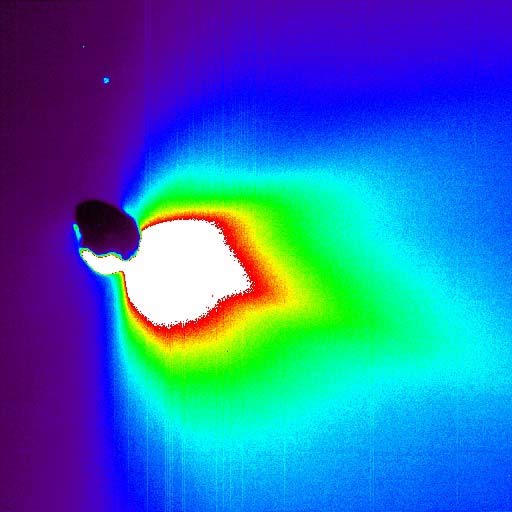
Deep Insight: Comet Buster Reveals Dusty Secrets
By Michael Schirber published
Deep impact confirms that comets aren't mostly ice, as was once thought.
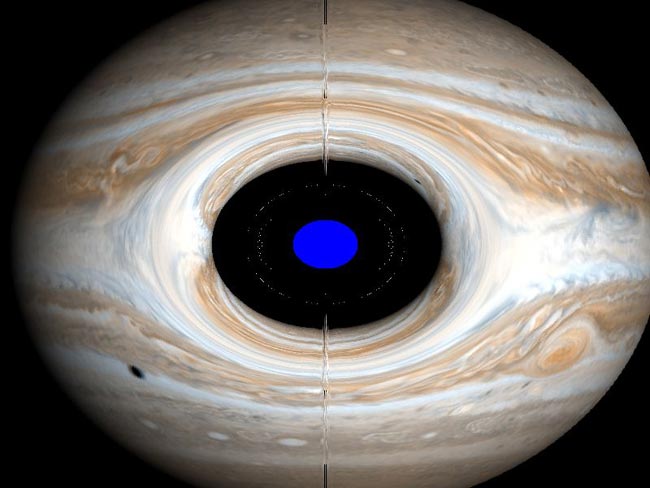
Eye-to-Eye with a Black Hole
By Michael Schirber published
New research pictures the distortions caused by a spinning black hole.
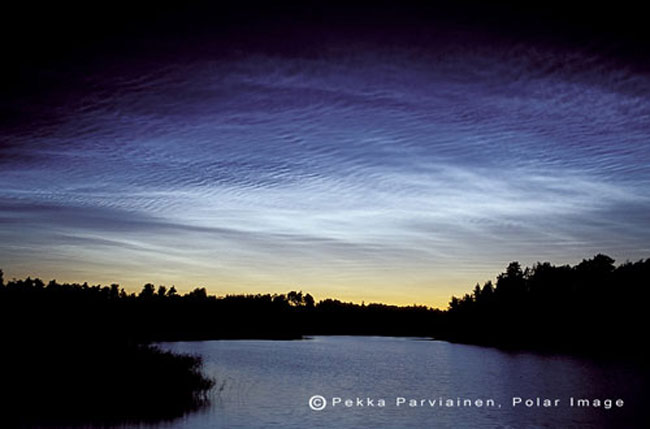
Last Shuttle Flight Made Clouds Over Antarctica
By Michael Schirber published
Finding calls into question the connection between high altitude clouds and global warming.
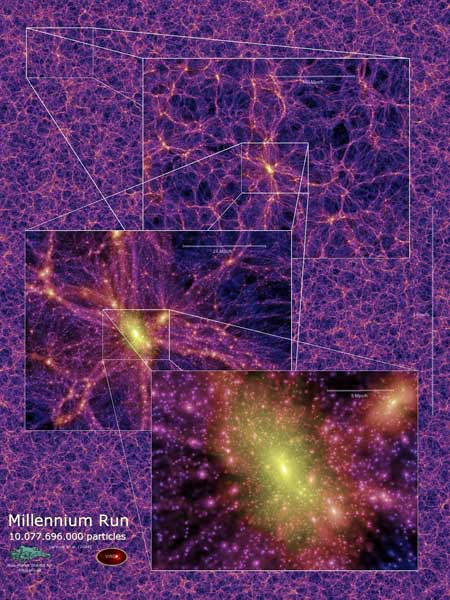
A Code for the Heavens
By Michael Schirber published
The “Millennium Run” simulates the largest chunk of the universe yet.
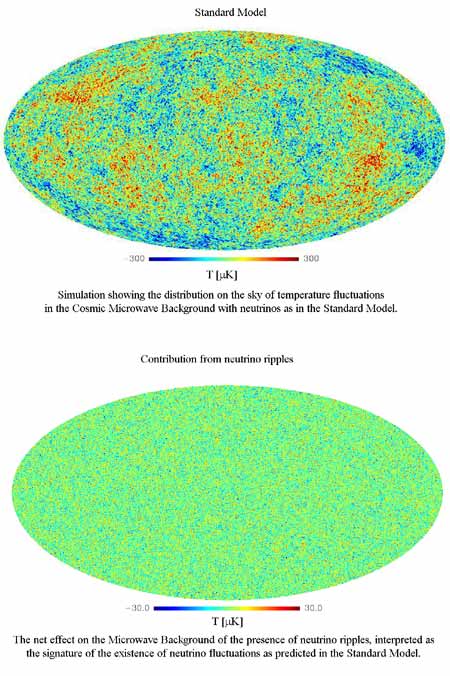
Ghostly Ripples in Space
By Michael Schirber published
Fluctuations in Big Bang neutrinos seen for the first time.

Baby Bursts Shed Light on Biggest Blasts in the Sky
By Michael Schirber published
X-ray flashes and gamma ray bursts my share a special relationship.
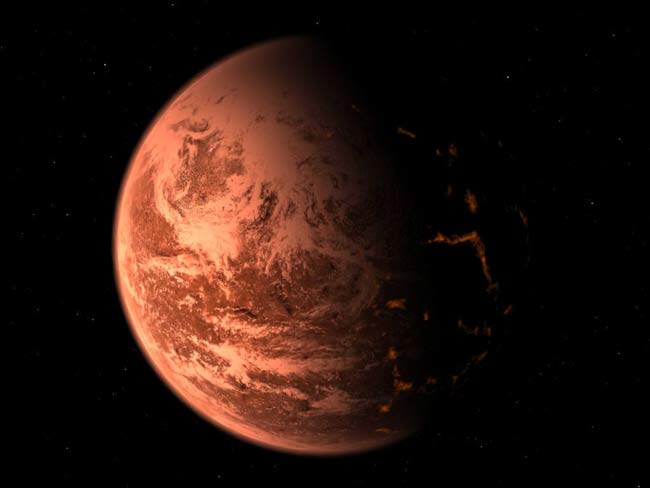
Earth's “Bigger Cousin” Detected
By Michael Schirber published
Extrasolar planet found with seven-and-a-half times the mass of Earth.
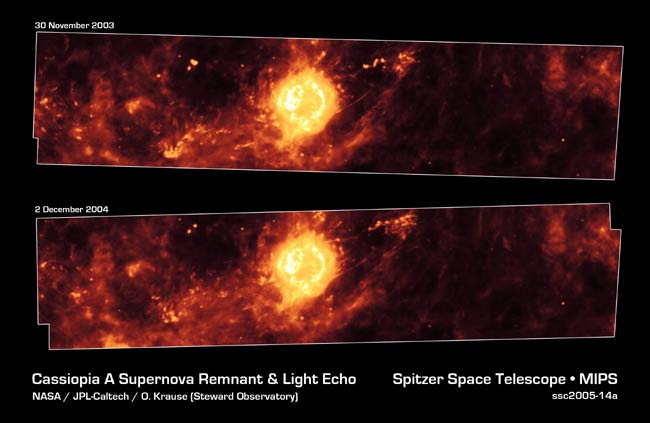
Cassiopeia A: Dead But Not Quiet
By Michael Schirber published
A possible neutron star eruption leaves detectable echo.
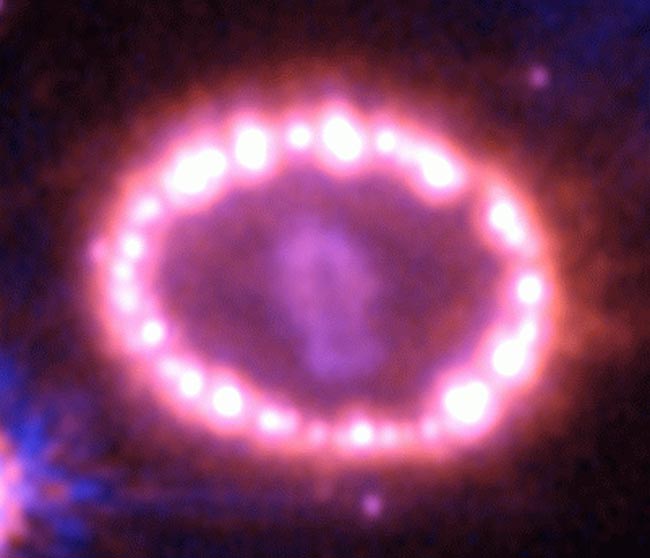
Core of Supernova Goes Missing
By Michael Schirber published
A search for the remains of a nearby stellar explosion has come up empty.
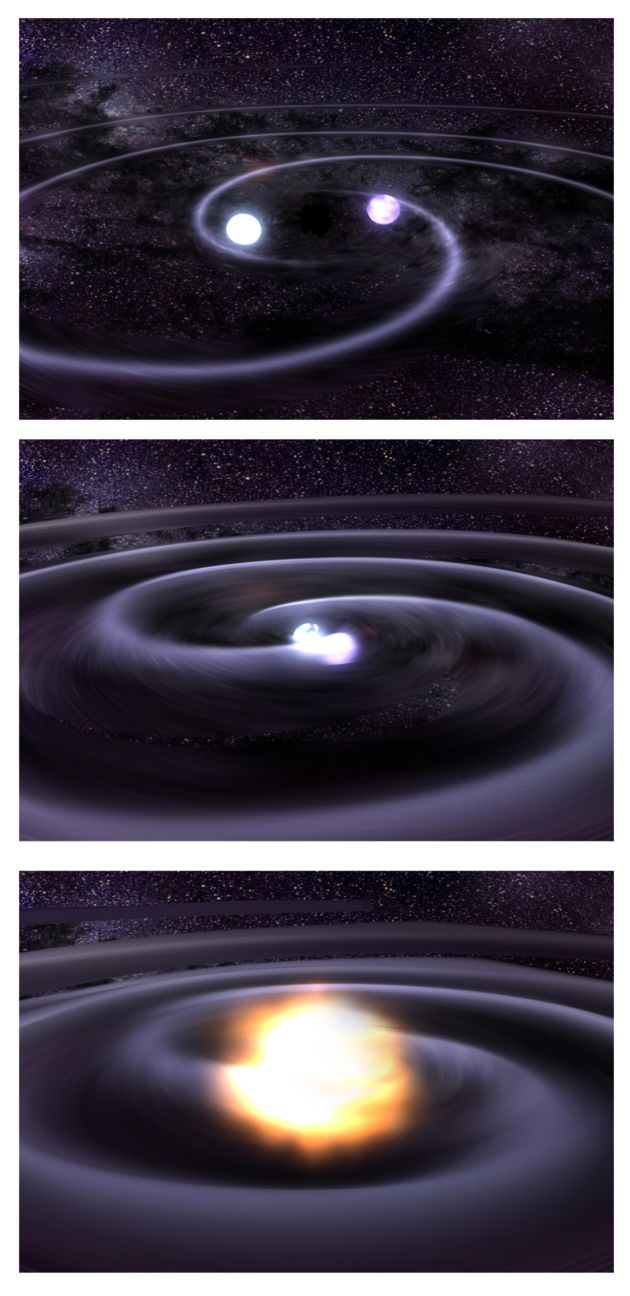
Two Stars Poised to Merge
By Michael Schirber published
Two dense stars whipping around each other at breakneck speed may be the strongest known source of Einstein's space-trembling gravity waves.
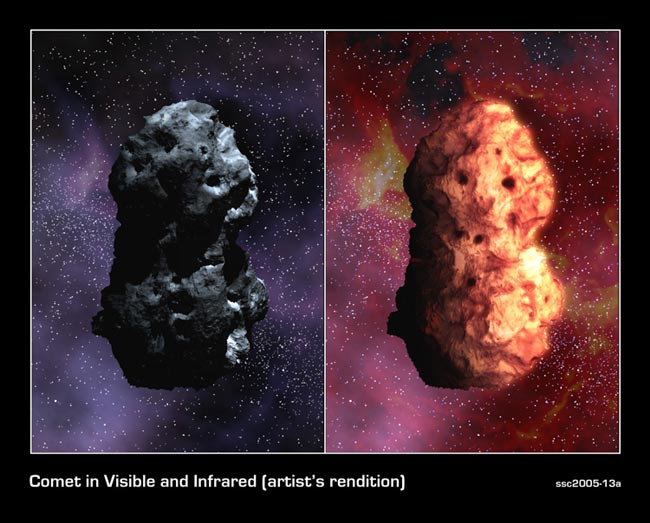
Deep Impact: Telescopes Size Up Comet Target
By Michael Schirber published
To hit a dark object traveling thousands of miles per hour in the void of space, it helps to know exactly how big your target is.

NASA Telescope Makes Surprise Observations
By Michael Schirber published
A telescope designed to study galaxies is picking up dramatic stellar outbursts for free. It also sees the occasional asteroid, satellite, and an assortment of space debris.
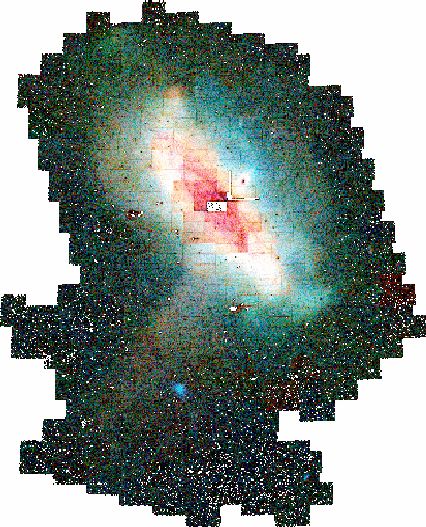
Andromeda Galaxy 3 Times Bigger than Thought
By Michael Schirber published
A map of the outer suburbs of the Andromeda galaxy finds that its rotating disk of stars is three times bigger than previously measured.
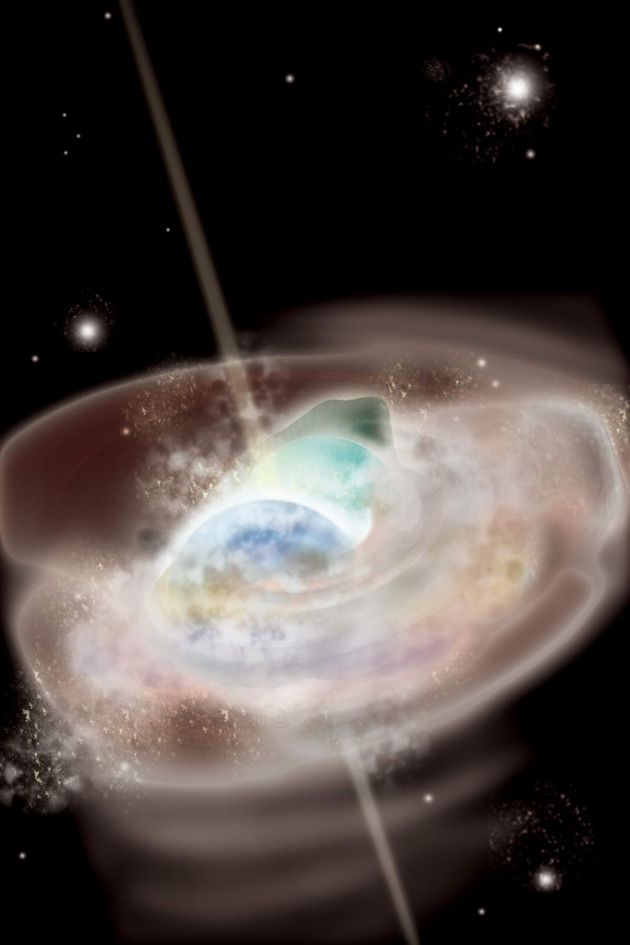
Double Whammy: Cosmic Fireworks Explained
By Michael Schirber published
Although previously suspected, astronomers now have clear evidence that gamma ray bursts come in separate varieties.

'Fairy Tale' Might Explain Moon Craters and Planet Orbits
By Michael Schirber published
New computer model finds possible reason behind an ancient bombardment of the Moon, plus neatly explains how the giant planets came to travel their current paths.
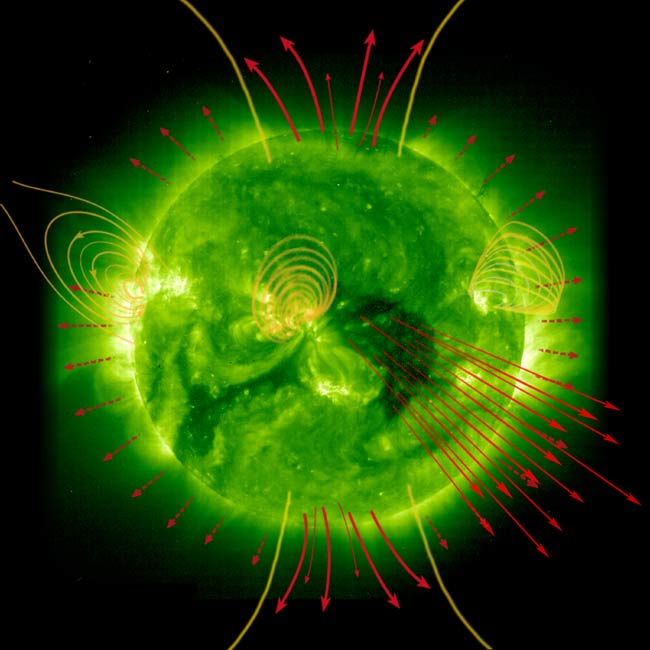
Solar Surprise: Electrified Wind Has Deep Origins
By Michael Schirber published
Recent research shows that the solar speeds can be accurately measured by observing a relatively deep layer of the Sun’s atmosphere – far beneath where the winds are though to originate.
Get the Space.com Newsletter
Breaking space news, the latest updates on rocket launches, skywatching events and more!
